Hyundai has given the Ioniq Electric a boost in power and smart regenerative braking. It’s also had an aesthetic tweak here and there.
The Ioniq was starting to be outdone by other electric vehicles (EVs). But that’s life all over – stand still long enough, and the competition will catch up with you – and then overtake you if you’re not careful. You see, the Korean firm ushered in the Ioniq into the EV market back in 2016. It came in a trio of forms: all-electric, a plug-in and a hybrid. That was a smart move – and still is. After all, having different power units in one body makes sense.
Anyway, with the likes of Peugeot’s e-2008 and e-208, the Vauxhall Corsa-e, VW’s e-Golf and Honda’s e around, the Ioniq has pulled itself up by its bootstraps to look and feel more “down with the kids”. Hyundai has given the Ioniq Electric, as tested here, a boost in power and smart regenerative braking. It has also had an aesthetic tweak here and there.
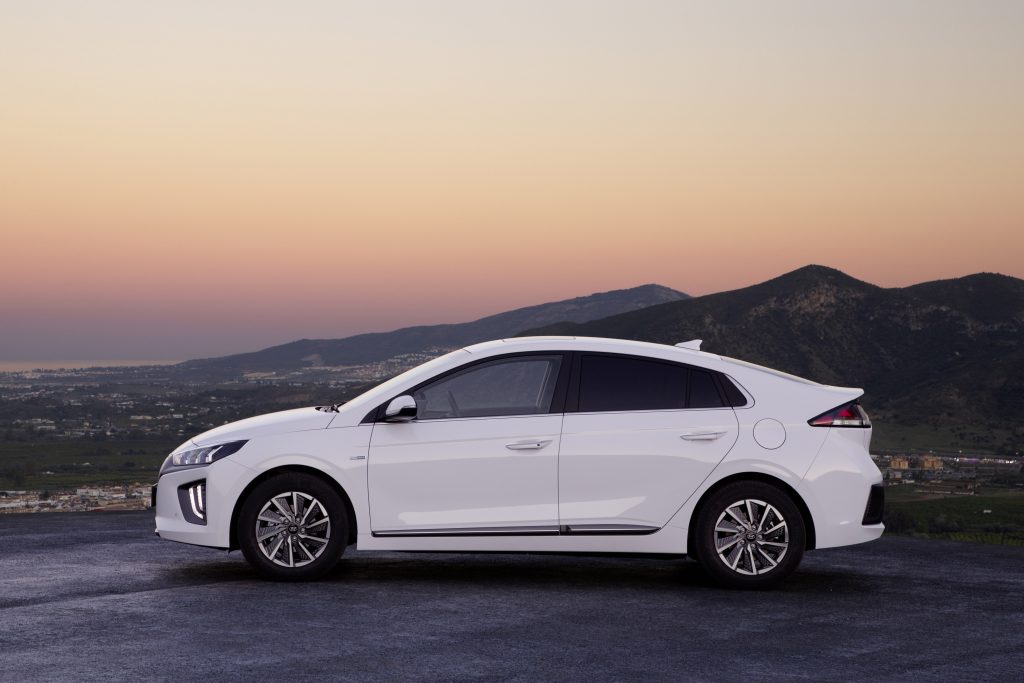
Exterior
The Ioniq Electric is a pleasant-looking, inoffensive, five-door hatchback. Up front, the model has been updated with a pattern on the closed grille and a new bumper design, creating a more dynamic appearance. The car has also been fitted with new LED lights that make the Hyundai stand out from the crowd at night.
Interior Space
The five-door Ioniq Electric isn’t the biggest car around. It’ll seat four adults, no worries, but it’ll cope with five, albeit less comfortably. You’re pleasantly cosseted in the Hyundai’s cabin, although you and the front-seat passenger get the most generous slice of the pie.
Headroom is okay, but there’s more in the rear of conventional hatchbacks, such as Skoda’s Octavia. Mind you; visibility isn’t bad, so you don’t feel claustrophobic. Getting a child seat into the Ioniq’s rear seats won’t be a problem, either.
Furthermore, with an assortment of storage areas aboard, you won’t have any reservations stashing away any odd and ends. Also, the Hyundai’s rear seats divide 60/40 and fold to allow for extra loading. With the seats up, there are only 357-litres of boot space; this is because the Ioniq’s batteries eat into the cargo area – making it quite shallow. A substantial load lip makes it a bit of a pain to lift heavy items into the boot, too.
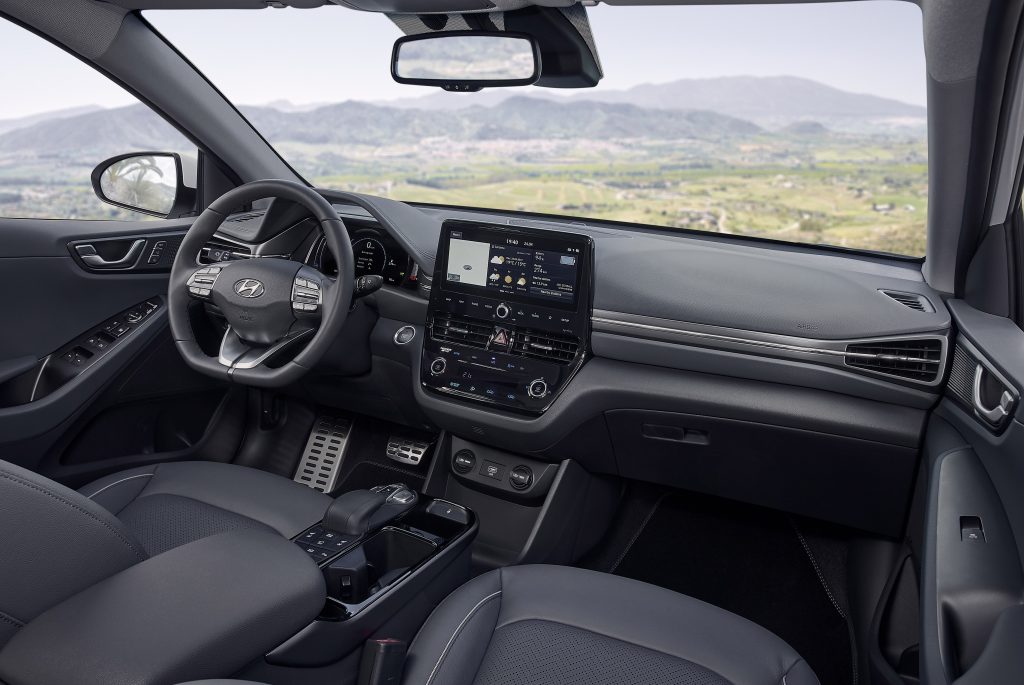
Dashboard and Tech
The Ioniq’s cabin isn’t up there with the VW e-Golf’s – and its styling is a tad conservative, but it’s still a lovely place to be. The switchgear has a quality, solid feel, and lots of soft-touch materials are used on the hatchback’s interior surfaces. Sure, as with many cars, you’ll discover some cheap and nasty plastics, but in the Ioniq, these are in relatively obscure areas. Everything is logically arranged, too, and the cabin is easy to get to grips with.
You should also know that there’s been a major infotainment enhancement – in the form of a 10.25-inch touchscreen unit. It’s the same wide display that’s in the updated Hyundai Kona – and it’s a top bit of tech. It’s quick to react to inputs, and it comes with graphics that are bright and clear. Other developments include revamped instruments complete with mood lighting.
On the Road
The latest Ioniq rides well over potholes. It’s never great travelling across broken blacktop, but we have little choice in our wonderful, but rather congested nation. The pliant ride is thanks to the Hyundai’s decent suspension arrangement. Indeed, the system comes into its own even more on motorway drives, where a relaxed, cruising experience is to be had.
Not only is the five-door electric car a competent one; it also handles appealingly. The steering reacts without delay, although there’s little in the way of feel. The hatchback’s ability to stay virtually flat in corners makes up for this, though – and it’s easy to manoeuvre in constricted areas due to its relatively compact hatchback form.
Parking is a pushover, too. Ultimately, there’s not a lot to frown on regarding the way this Korean machine behaves, then. It’s certainly uncomplicated to live with in the UK.
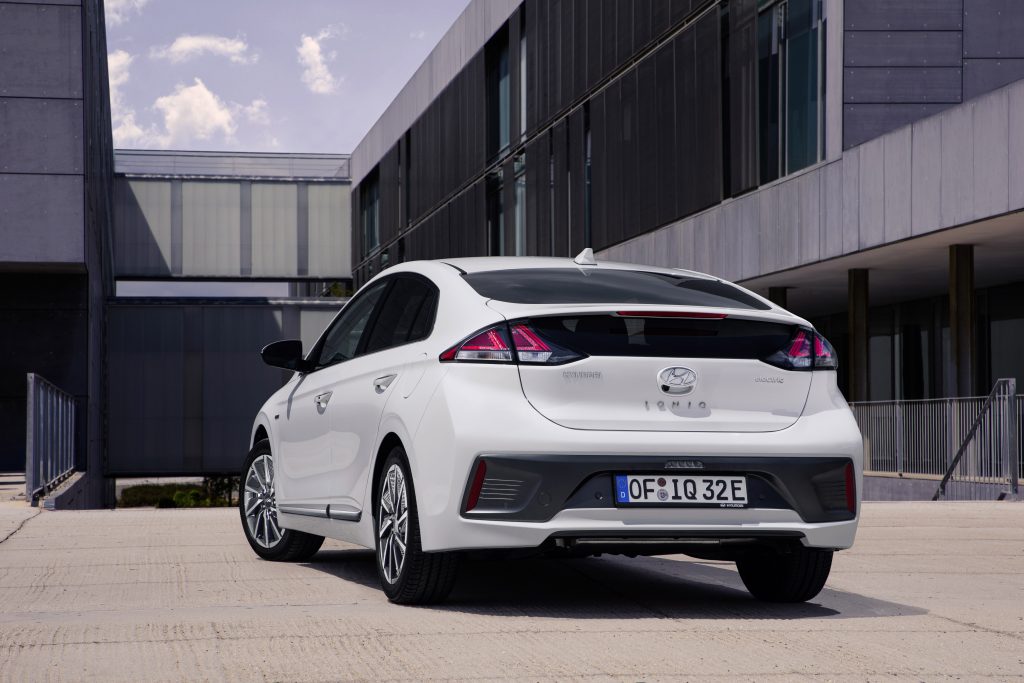
Safety Features
Safety is something Hyundai doesn’t take lightly. The Ioniq Electric is kitted out with features that include: Blind Spot Detection, Autonomous Emergency Braking, Electronic Stability Control, multiple airbags, and Lane Departure Warning with Lane Keep Assist. The Ioniq also scored the full five stars in Euro NCAP crash tests.
Security is not to be worried about either, because Hyundai fits a Thatcham category 2 immobiliser or category 1 alarm to cars produced for the British market. And, as is the case with pretty much all brand-new vehicles, remote central locking is customary.
Performance
The all-electric Ioniq doesn’t hang around, so it can be surprisingly enjoyable. It’s particularly nippy from a standing start, so you’ll be leaving some motorists well behind at the lights. The zero to 62mph time of 9.7 seconds doesn’t sound that amazing, but, trust me, it feels quick. It’s all down to the South Korean’s electric motor delivering 136PS. It used to push out only 120PS, so the instantaneous response is even more noticeable than before.
Torque is up, too – rising from 295Nm to 395Nm. Alas, as with pretty much all electrically propelled cars, the response gets less impressive after 50mph. That said, the Ioniq Electric is a cool, silent, motorway cruiser, managing a maximum speed of 103mph – where legal. What’s more, with zero carbon dioxide (CO2) emissions, you’ll still be doing your thing for our environment. Oh, and some more good news – you’ll be immune from the London Ultra-Low Emission Zone (ULEZ) payment.
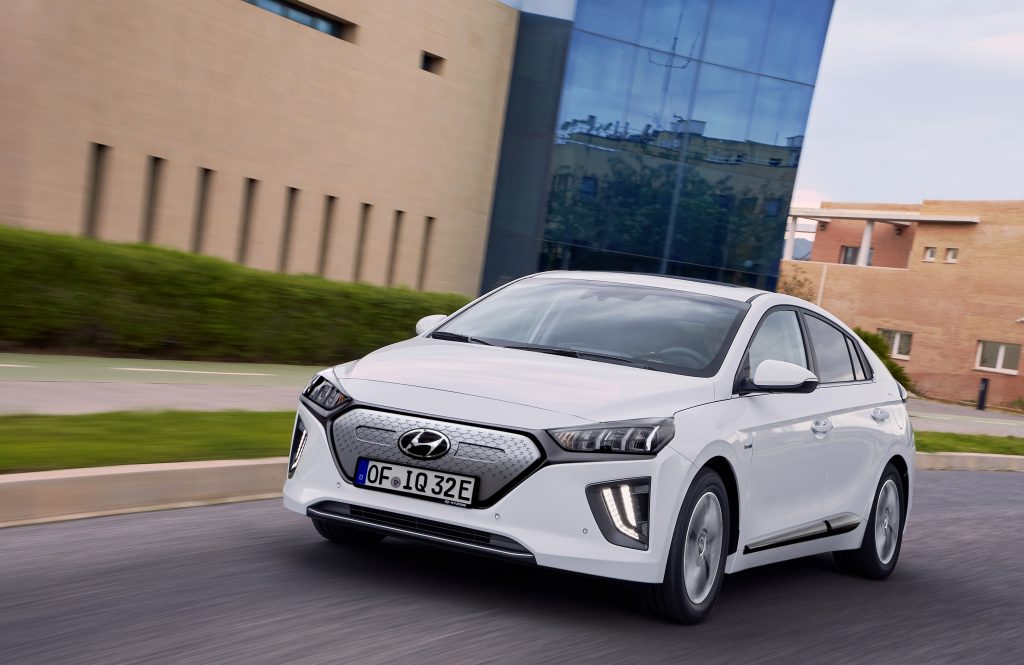
Economy
Indeed, as an all-electric car, it’s always going to be more economical than a conventional combustion-engine propelled vehicle. The Hyundai’s bigger battery pack and single electric motor now give a range of 193 miles – and you can charge it up at public charging stations or at home. I only managed 168 miles on a full charge, but it was a rainy, cold day, so the windscreen wipers and heating must have taken their toll.
The time it takes to charge up depends on the power on hand. It takes around six hours for a complete charge with a home wall box, or a yawn-inducing 19 hours if you use a three-pin socket. (This is why Hyundai recommends you get a dedicated charging solution installed at home). But you only need to hang around for 45 minutes if you have access to a state-of-the-art public rapid charger.
You can even summon up some energy without plugging in by using the car’s smart regenerative braking tech. This observes gradients and the traffic to best govern the rate of energy recaptured through the Hyundai’s braking system. You can also tweak the recapture level manually, so the Ioniq can bring itself to a halt using this method, letting you drive it using only one pedal.
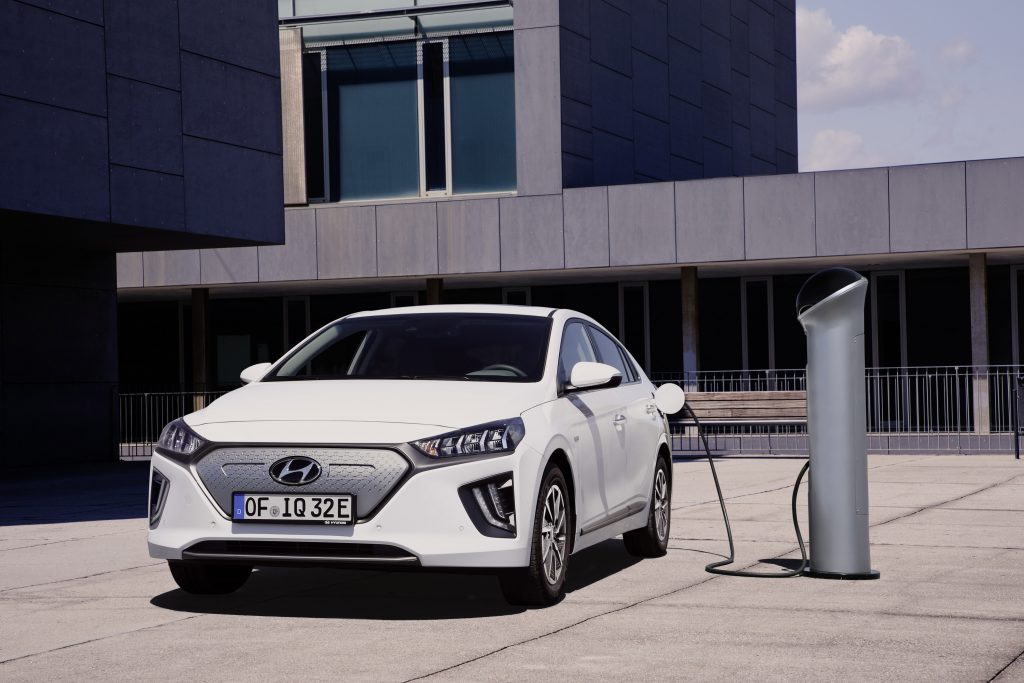
Verdict
There is no doubt that the Ioniq Electric is a relatively refined vehicle. It might have been around for four years, but it still feels up to taking on the fresh decade. The interior looks like it’ll handle a battering for eons, and noise, vibration, road and wind roar are not a concern. The only sound to slightly intrude is the drone of the electric motor, but this is the case with many EVs. The general suppression of the other noises, though, is clearly down to the decent materials in the cabin as well as well-placed insulation.
As tested here in Electric Premium SE form, the car comes fitted with leather upholstery as well as goodies such as climate control and heated seats. Overall, the model is a laidback place to be. Its electric powertrain means it’s quiet enough for you to have an undisturbed tête-à-tête with your passengers or to indulge in often-undervalued peace.
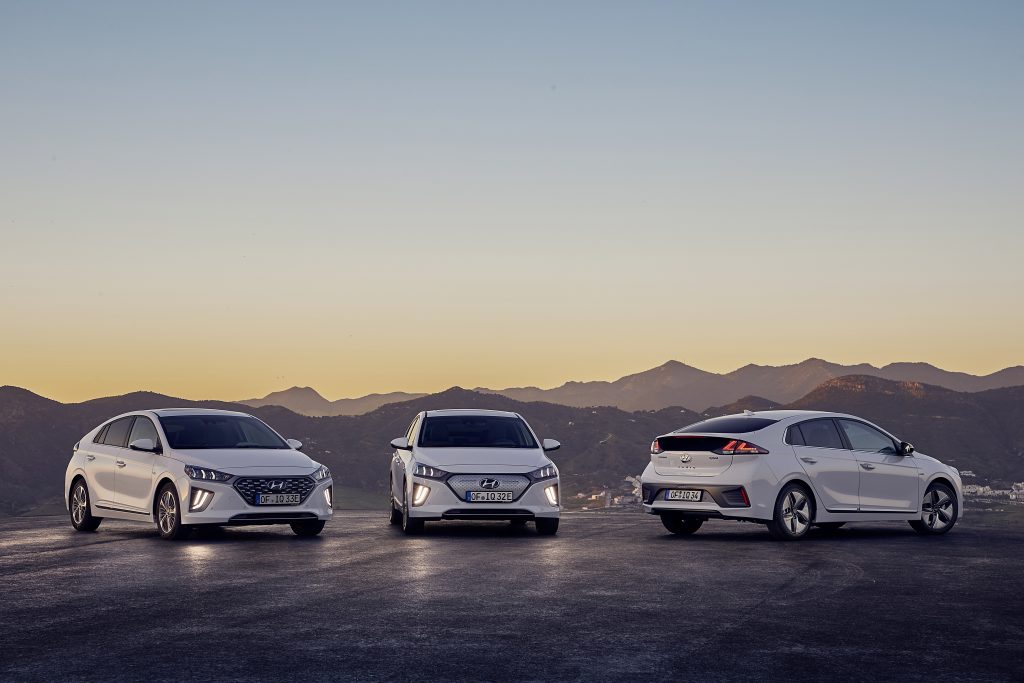


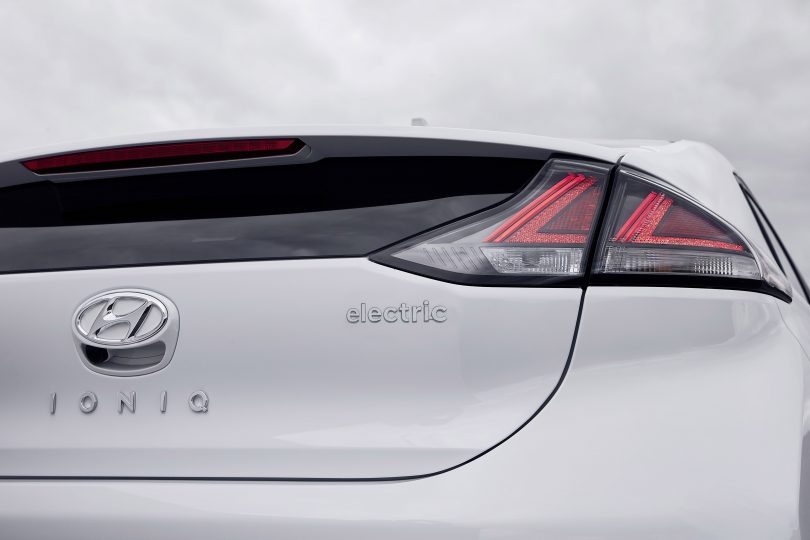






Leave a Comment
You must be logged in to post a comment.